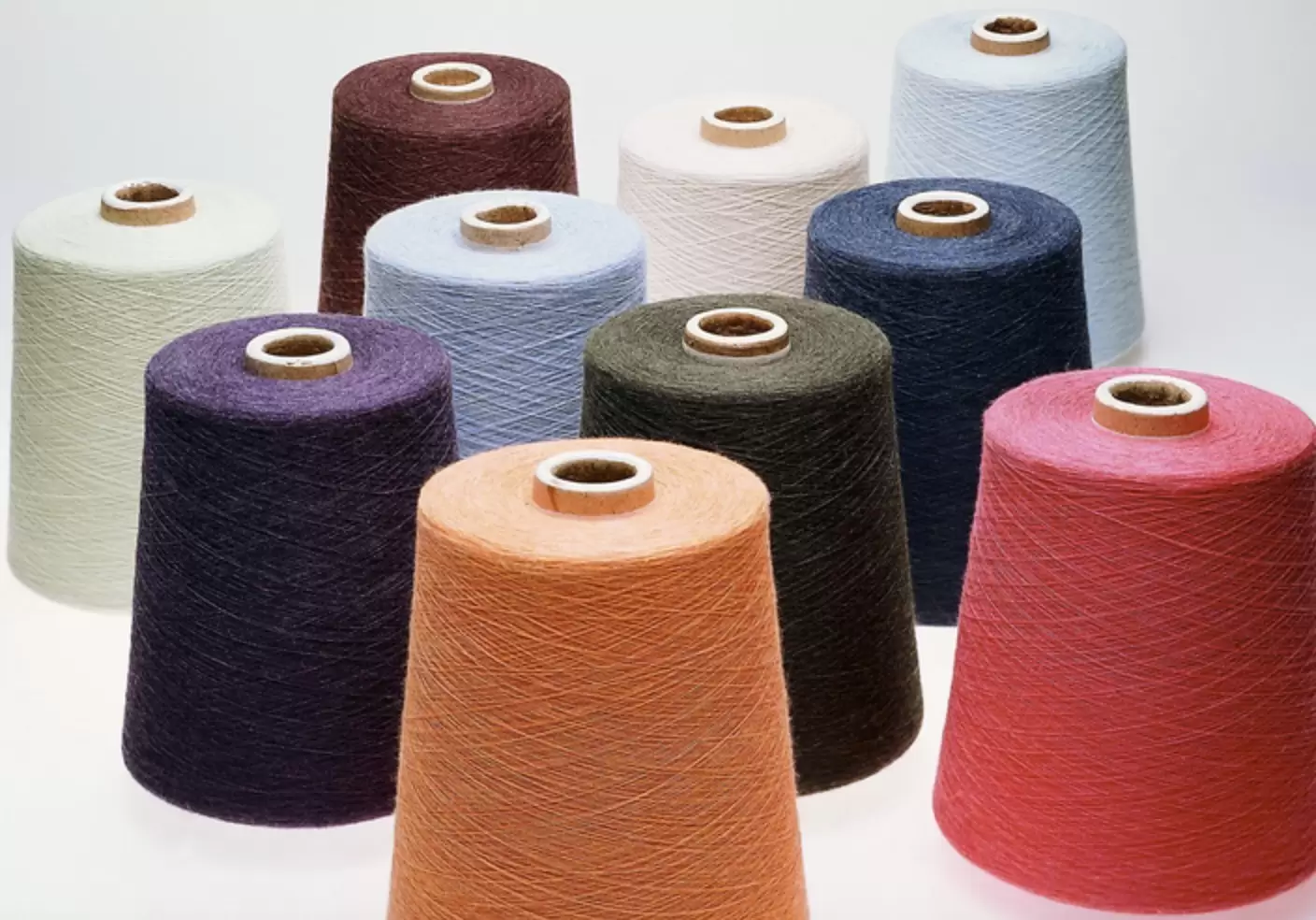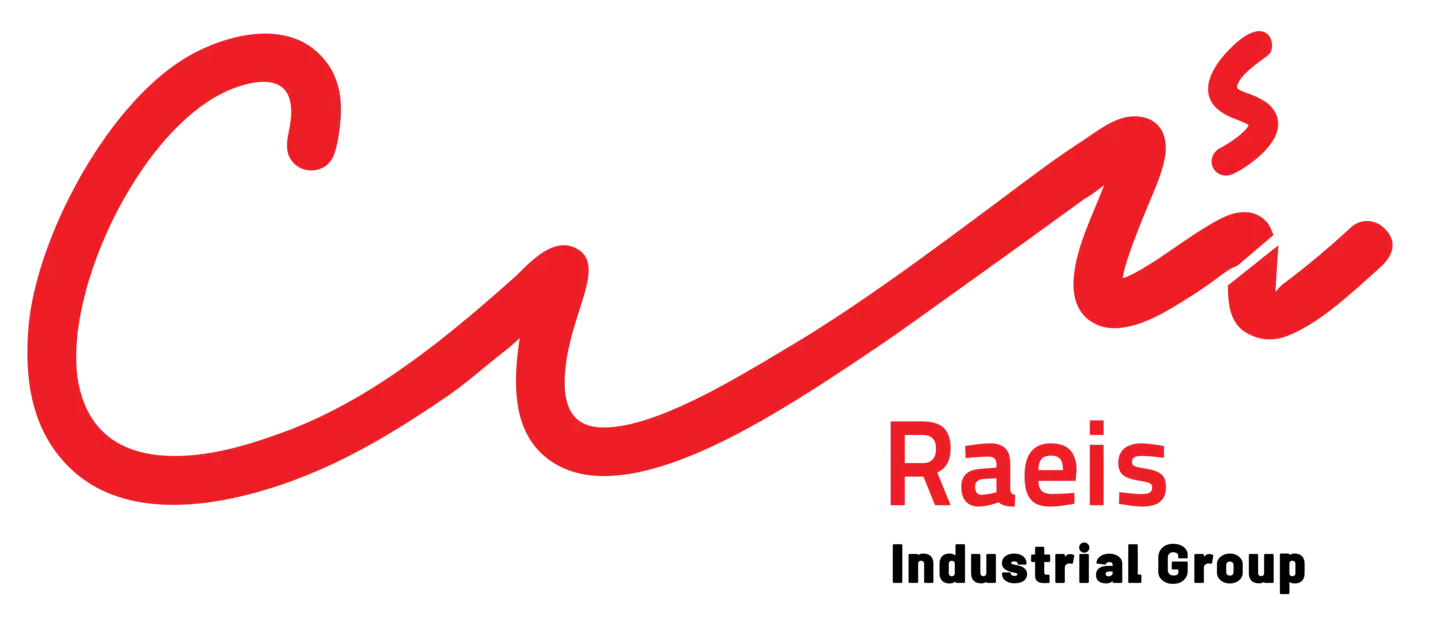Differences Between Spun Yarn and Lycra Yarn

In the complex and expansive world of the textile industry, yarns play a vital role in the production of various fabrics and garments. From natural to synthetic yarns, each type has its unique features and applications. Among these, two essential and widely used yarn types—spun yarn and Lycra yarn—stand out due to their specific characteristics. These yarns significantly influence both the manufacturing processes and the final quality of products.
Spun yarn, produced from short natural or synthetic fibers, is known for its soft and durable structure, making it ideal for everyday and casual wear. Its softness and comfort are key factors in its popularity. On the other hand, Lycra yarn, also known as spandex or elastane, is a synthetic yarn celebrated for its exceptional elasticity. It is extensively used in the production of athletic and fitted garments.
Understanding the features and differences between these two yarns helps manufacturers and designers make the best choices based on their specific needs. Recognizing the importance of sourcing high-quality raw materials, Raeis Industrial Group, a trusted supplier of yarn and fibers, examines the characteristics of spun and Lycra yarns and highlights their key differences in this article.
Introduction to Spun Yarn and Lycra Yarn
To better understand the differences between spun yarn and Lycra yarn, it is essential to define each type:
Spun Yarn
Spun yarn is generally made from short fibers, either natural like cotton or synthetic like polyester. These fibers are twisted together through specific processes to create a soft and durable yarn. This softness and durability make spun yarn highly suitable for producing casual clothing, T-shirts, and home textiles.
Lycra Yarn
Lycra yarn, a type of synthetic fiber made from polyurethane, is renowned for its extraordinary elasticity. This yarn can stretch several times its original length and return to its initial state, making it a popular choice for designing garments that require flexibility and comfort. Its unique elasticity makes Lycra ideal for sportswear and fitted clothing.
Structural Features of Spun and Lycra Yarn
Below are the key structural features of spun and Lycra yarn as examined by Raeis Industrial Group:
Features of Spun Yarn
-
Material Composition: Made from natural fibers like cotton or synthetic fibers such as polyester.
-
Texture: Has a soft and durable structure, contributing to a natural appearance and comfortable feel.
-
Surface Finish: Typically matte with a smooth surface.
-
Key Properties:
-
Breathable
-
Resistant to wear and tear
-
Affordable
-
Features of Lycra Yarn
-
Material Composition: Made from synthetic polyurethane fibers.
-
Elasticity: Provides high stretchability and returns to its original length after being stretched.
-
Surface Finish: Shiny and smooth, contributing to its luxurious feel.
-
Key Properties:
-
Exceptional flexibility
-
Resistant to heat and sunlight
-
Available in various colors and designs
-
Differences in Flexibility and Stretch Between Spun and Lycra Yarn
The primary difference between spun and Lycra yarn lies in their stretchability and flexibility. Spun yarn offers limited elasticity and may be damaged if overstretched. In contrast, Lycra yarn can stretch several times its original length without damage, returning to its initial state due to its inherent elasticity.
Practical Applications of Spun and Lycra Yarn in the Textile Industry
The unique properties of spun and Lycra yarns make them suitable for different applications in the textile industry:
Applications of Spun Yarn
-
Commonly used in casual clothing, T-shirts, and home textiles.
-
Ideal for children’s clothing and comfortable wear due to its softness.
-
Widely used in everyday wear for its affordability and breathability.
Applications of Lycra Yarn
-
Perfect for sportswear, fitted garments, and swimwear due to its high stretchability.
-
Frequently used in form-fitting clothing like leggings and activewear.
-
Also employed in furniture upholstery for stretchable fabrics.
Raeis Industrial Group provides high-quality spun and Lycra yarns in various grades, enabling manufacturers to select the best options based on their specific requirements and ultimately produce products that meet customer expectations.
Advantages and Disadvantages of Spun and Lycra Yarn
Spun and Lycra yarns each come with their own set of advantages and disadvantages, which influence the final choice for manufacturers.
Advantages of Spun Yarn
-
Affordable
-
Comfortable and soft
-
Available in various colors and patterns
Disadvantages of Spun Yarn
-
Limited elasticity
-
Prone to wear and tear
Advantages of Lycra Yarn
-
High elasticity
-
Resistant to heat and sunlight
-
Provides excellent comfort
Disadvantages of Lycra Yarn
-
Higher cost
-
Sensitive to heat
Ultimately, the choice between spun and Lycra yarn depends on the desired end product and the specific needs of the manufacturer. Raeis Industrial Group offers expert consultations and supplies high-quality yarns, helping producers select the most suitable options for their requirements.
Conclusion
In summary, spun yarn and Lycra yarn each have unique features and applications that make them suitable for different uses. Spun yarn, with its softness and durability, is ideal for casual and home textiles, while Lycra yarn’s exceptional elasticity makes it perfect for sportswear and fitted garments.
Understanding the characteristics and differences between these yarns helps manufacturers make informed decisions based on their needs. Raeis Industrial Group, with its wide range of high-quality products, is committed to meeting the demands of the textile industry and supporting manufacturers and consumers in making the best choices for their needs.

